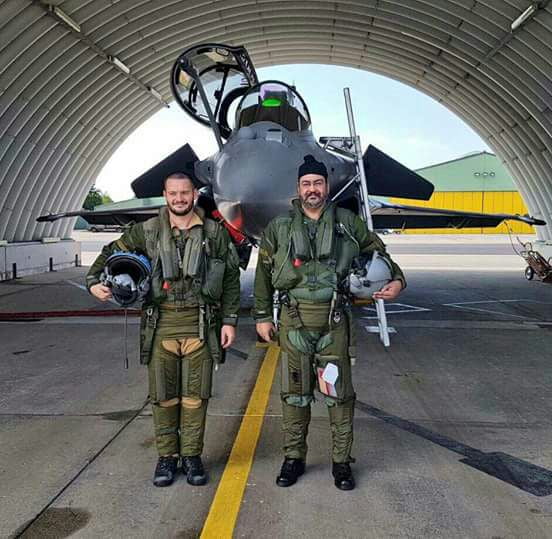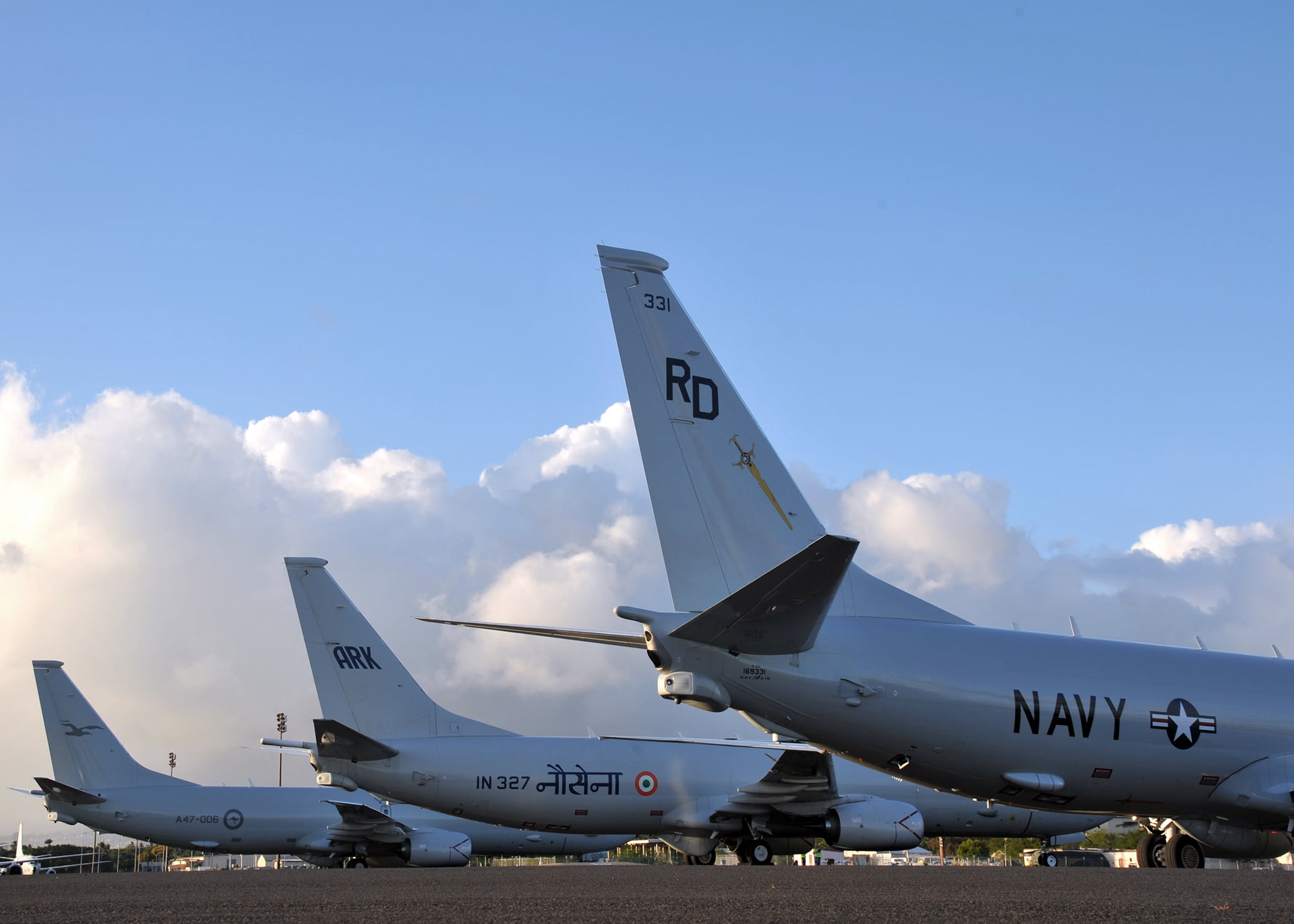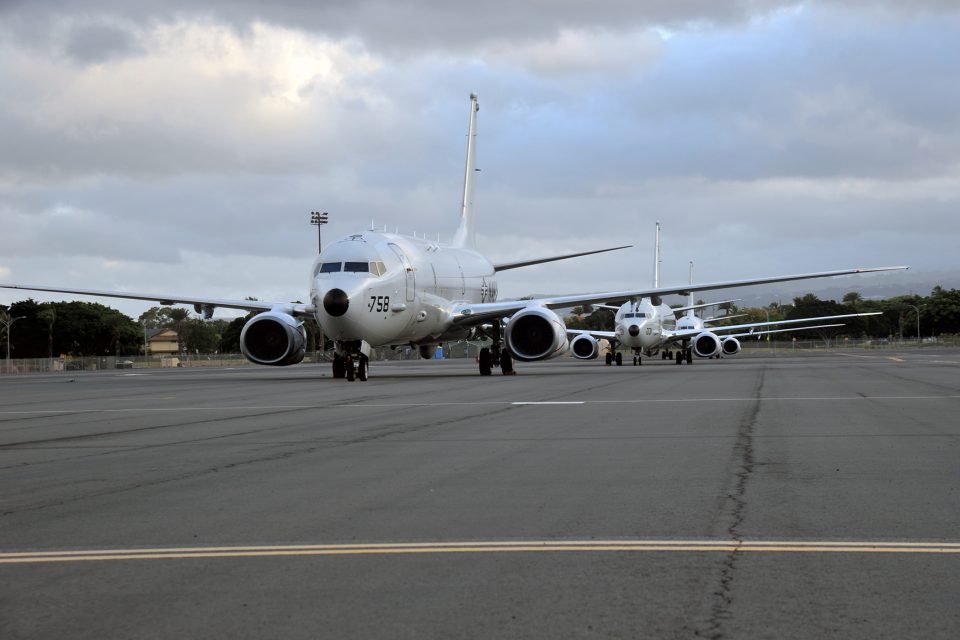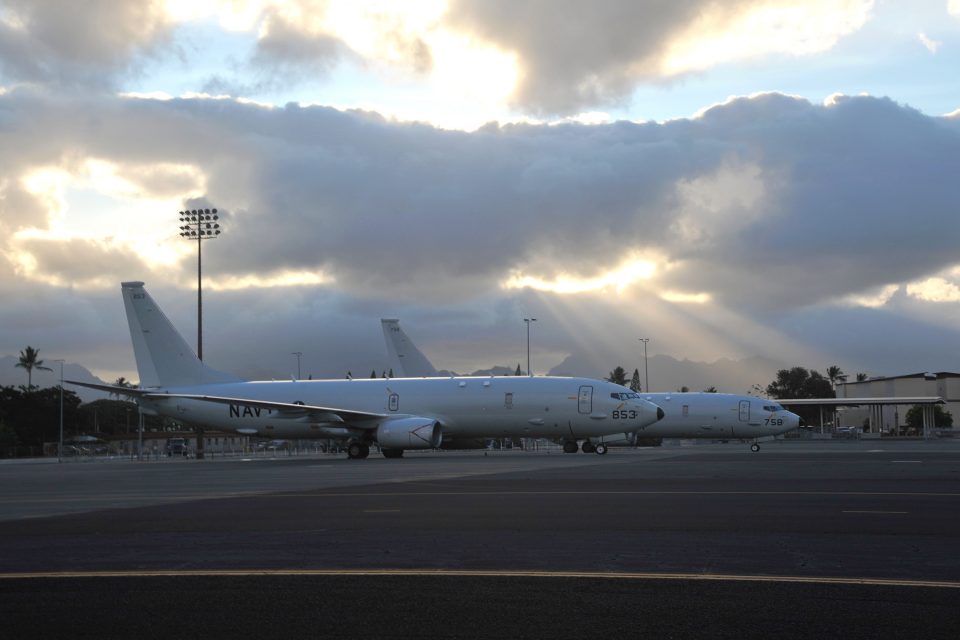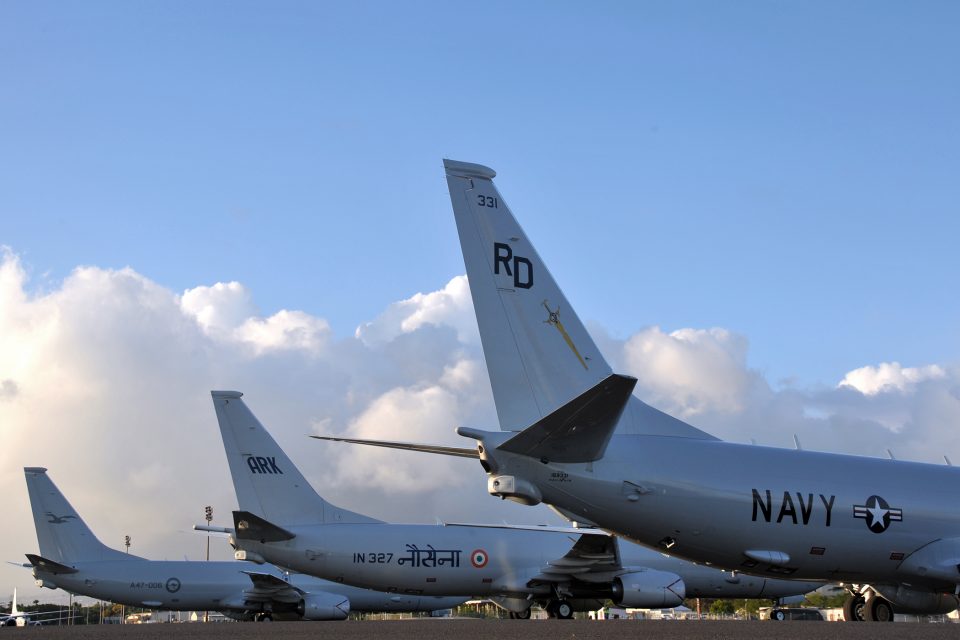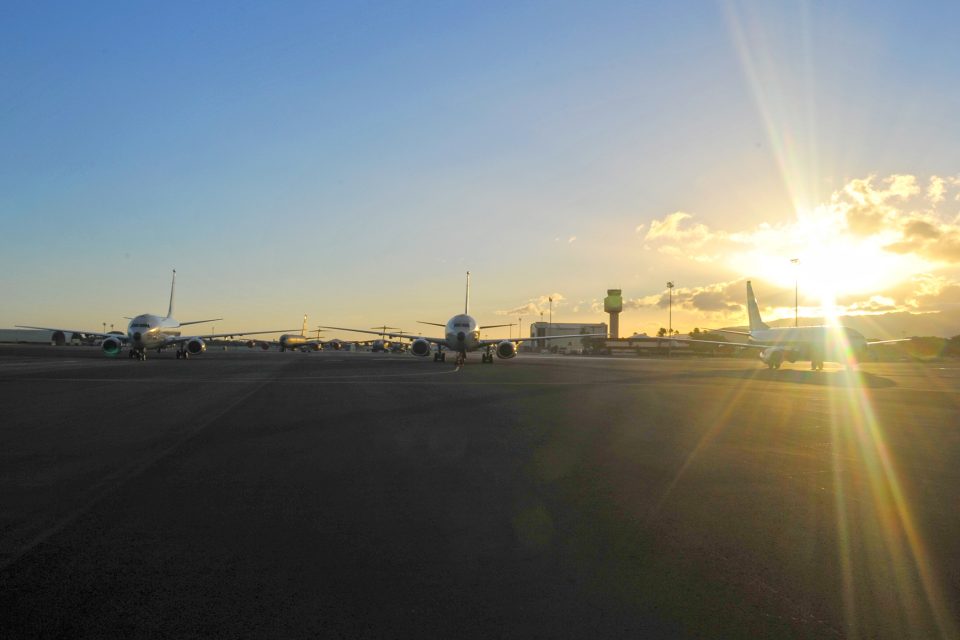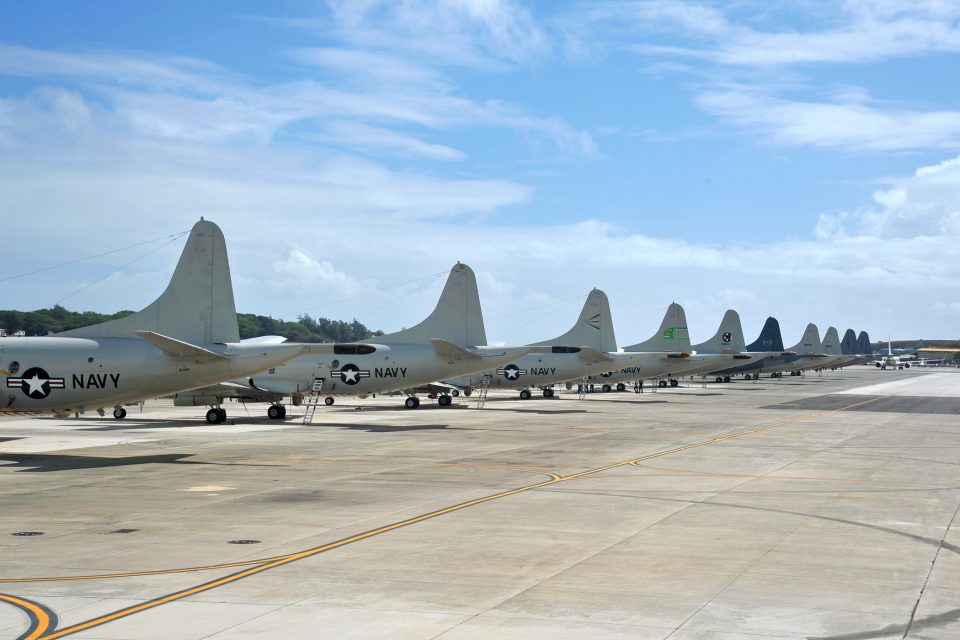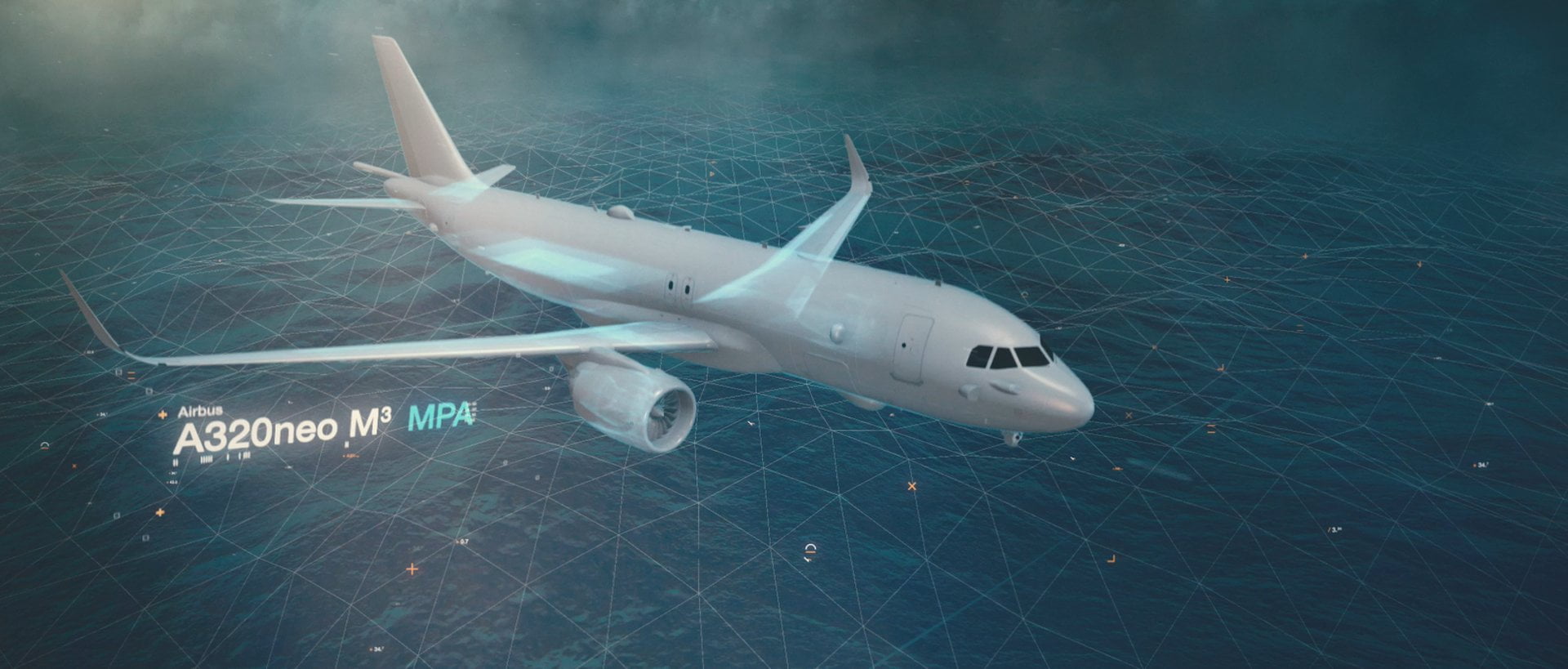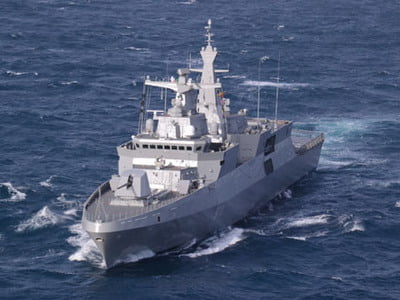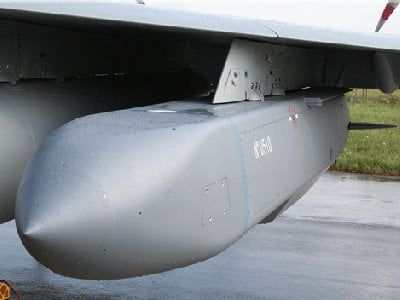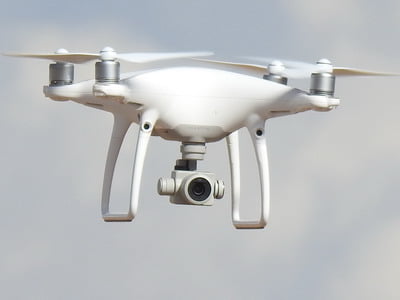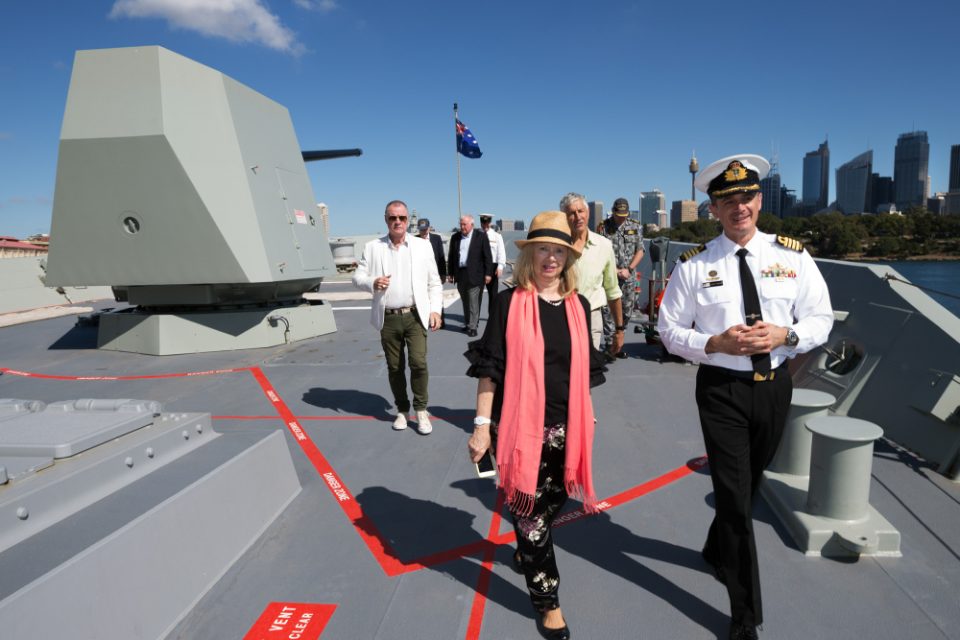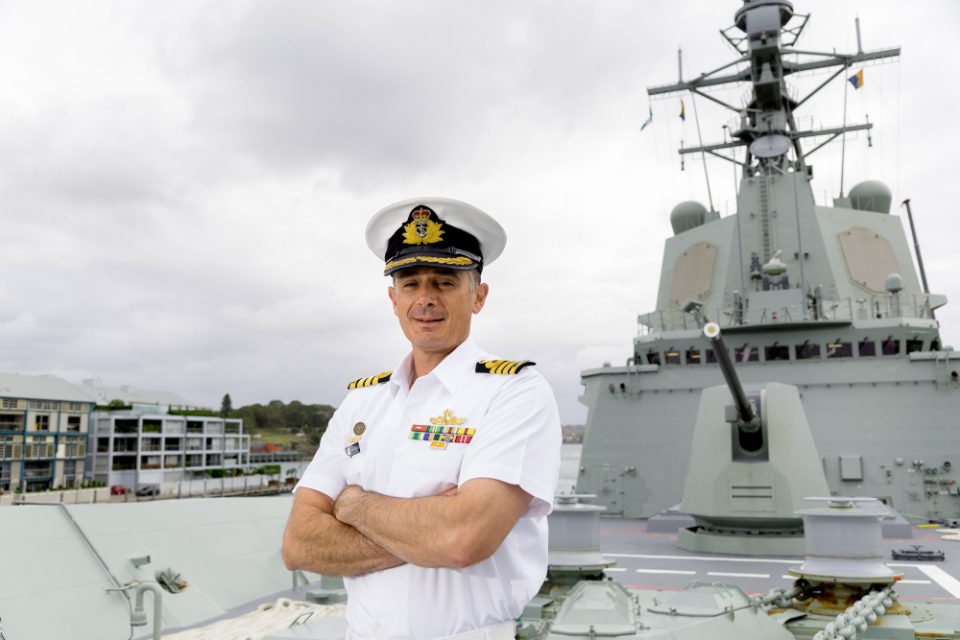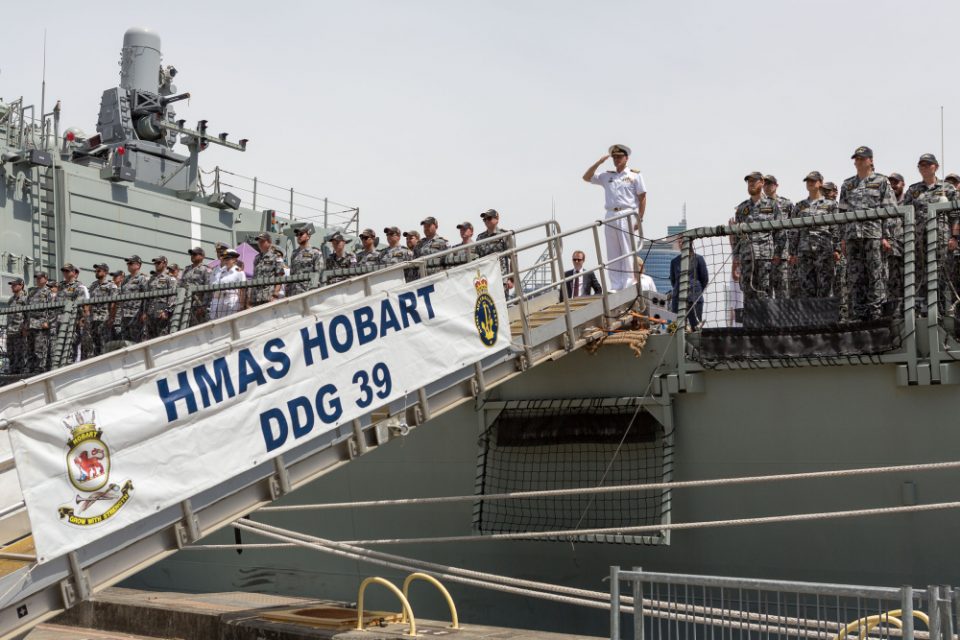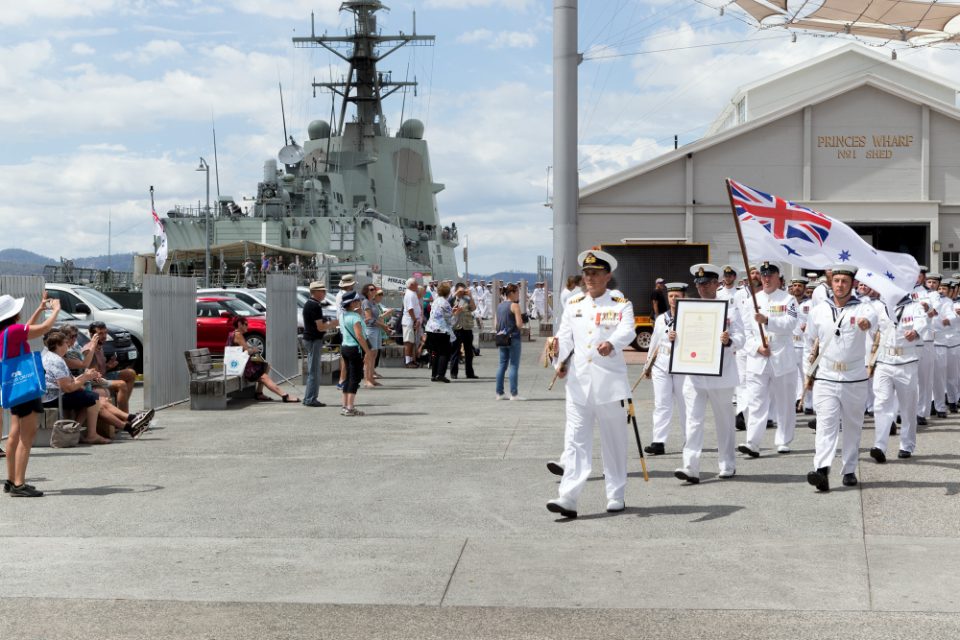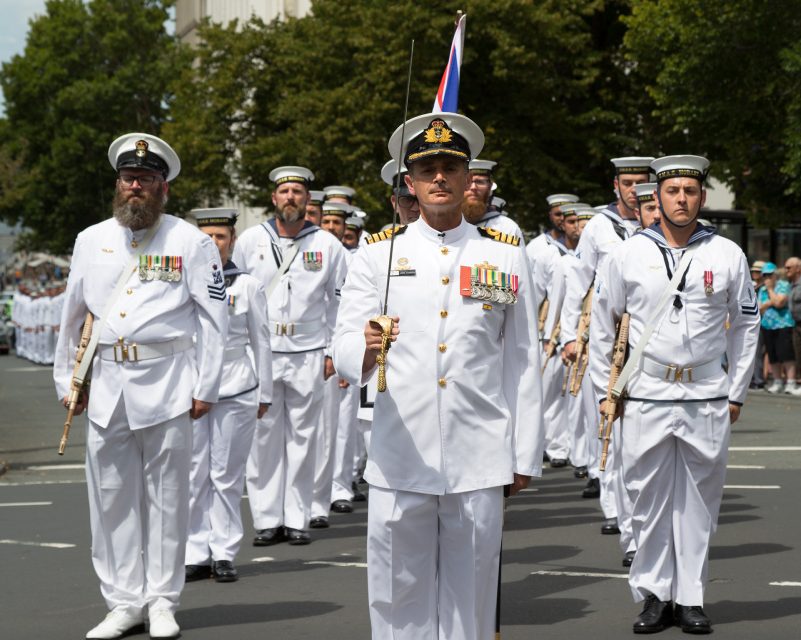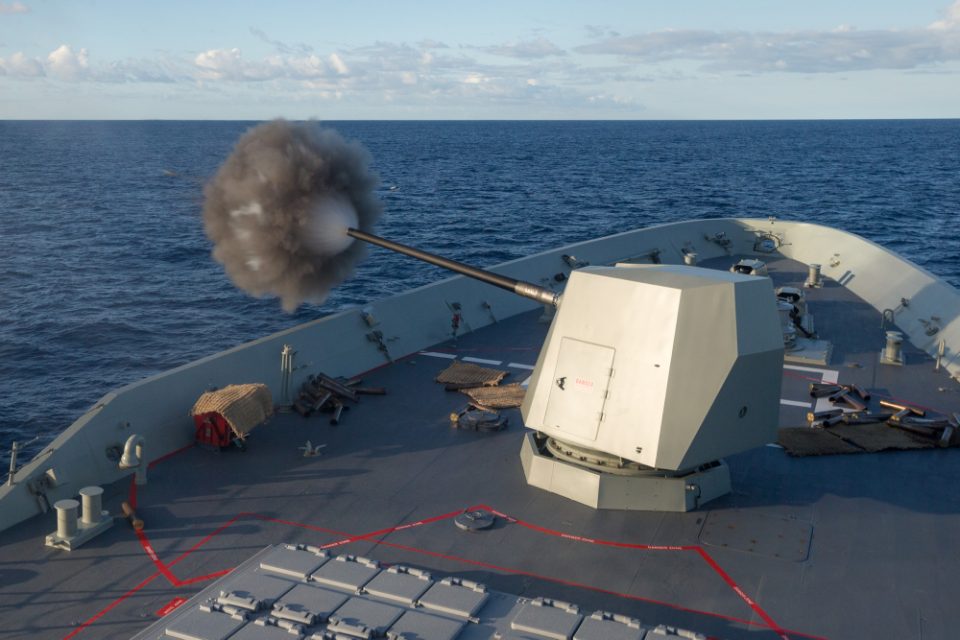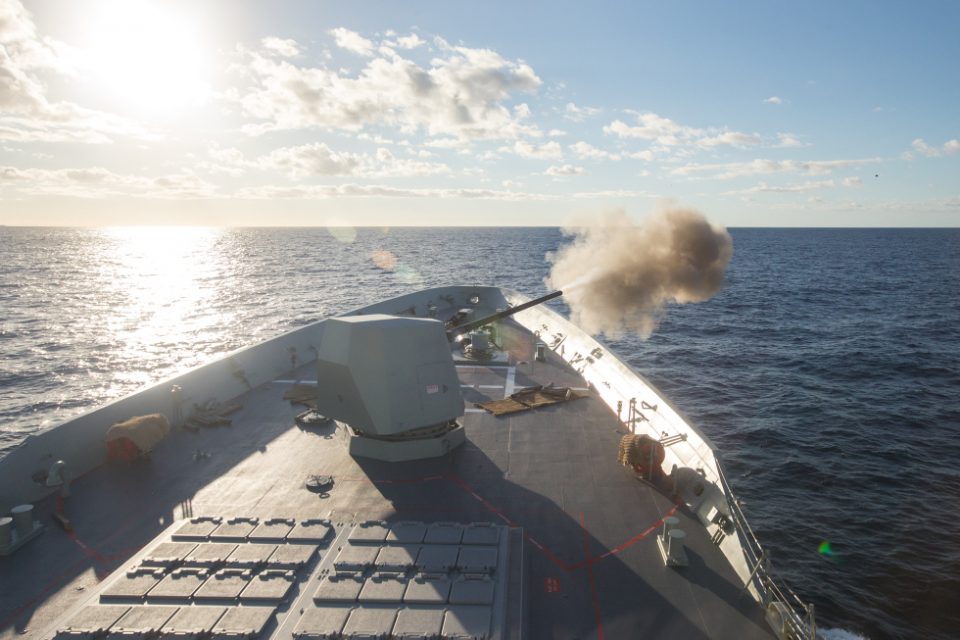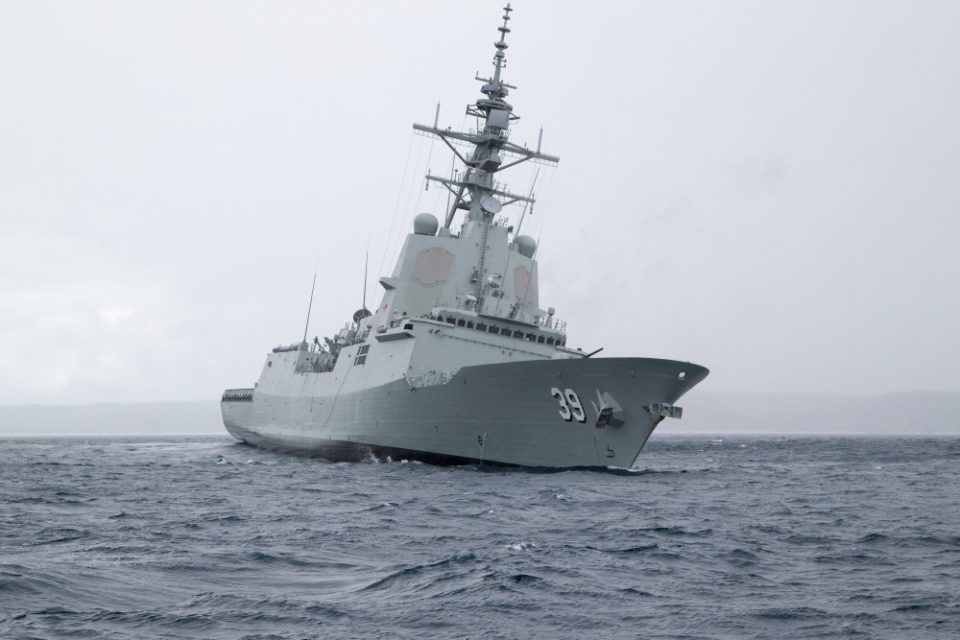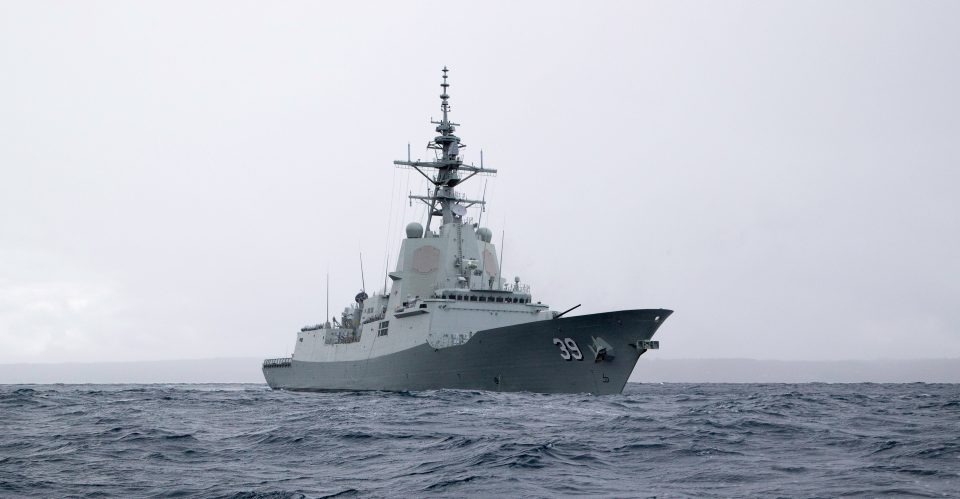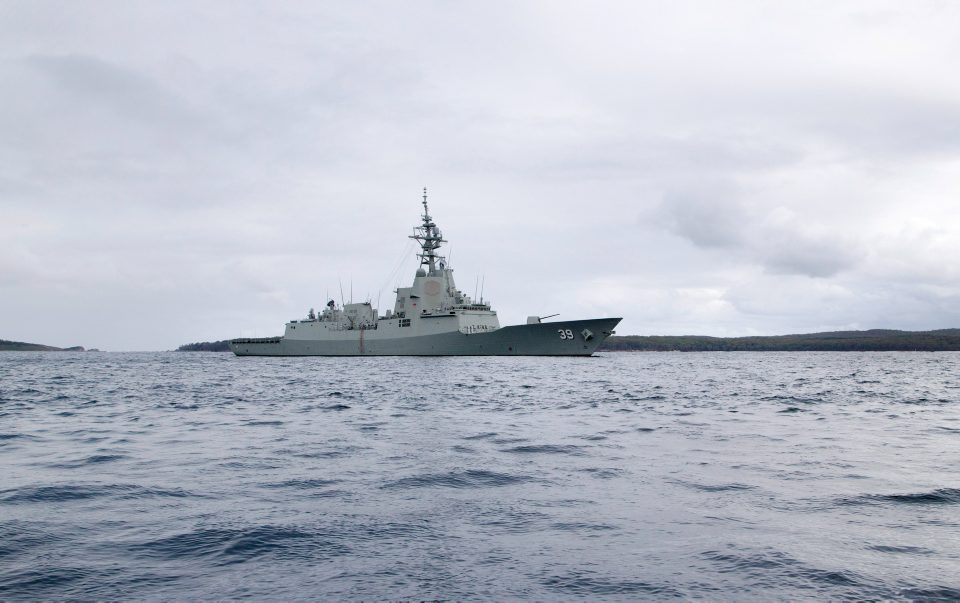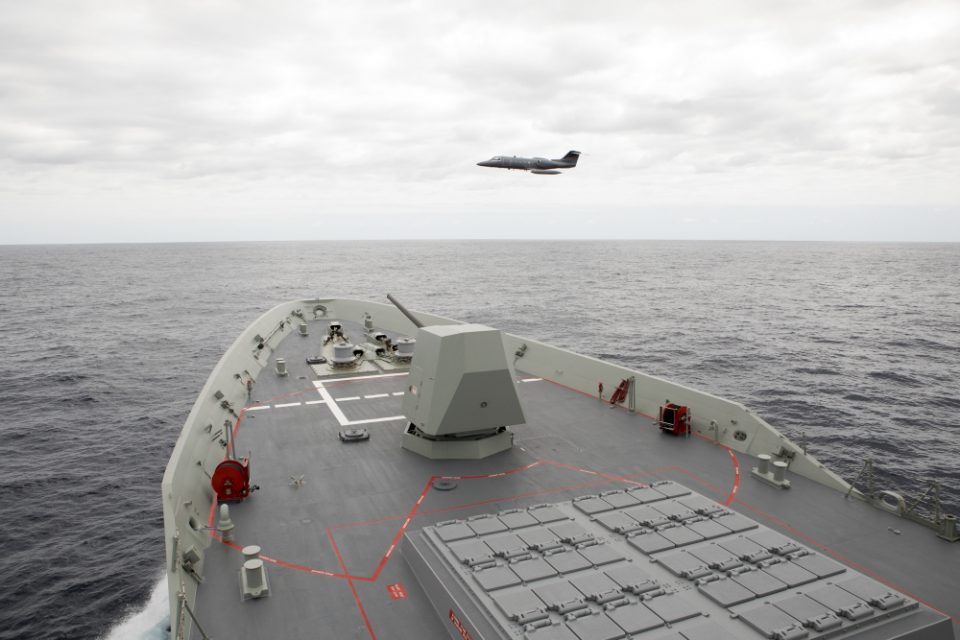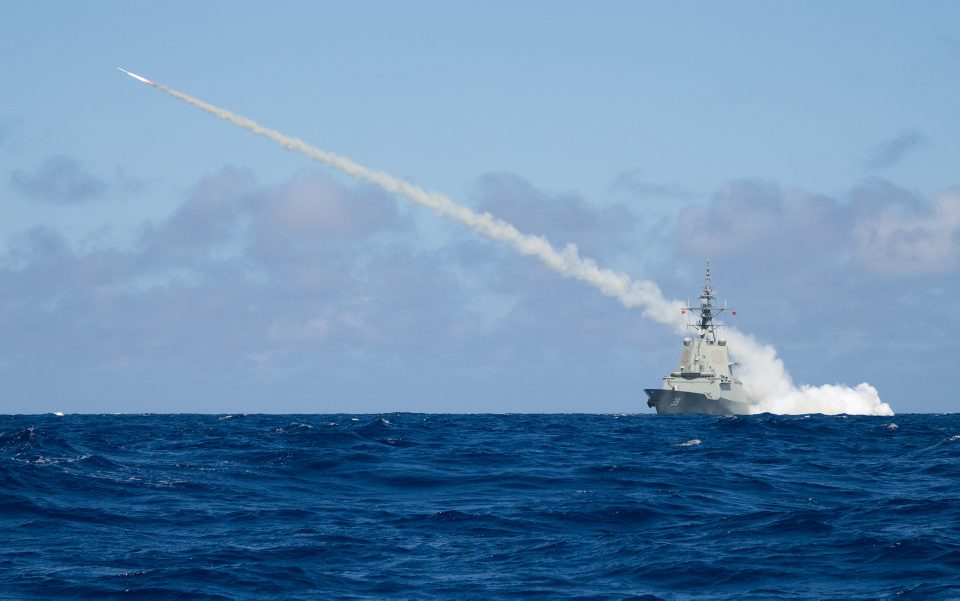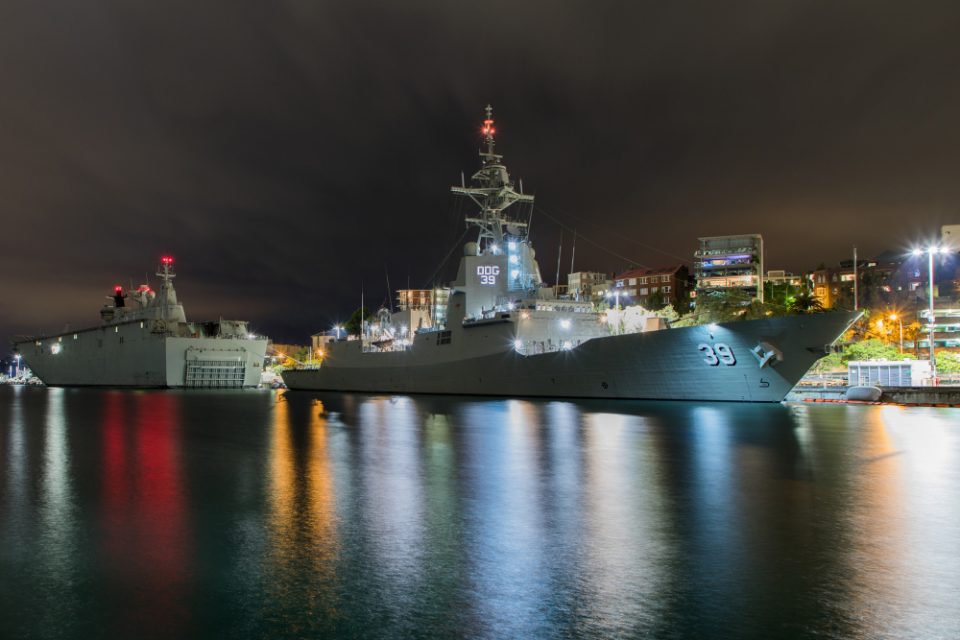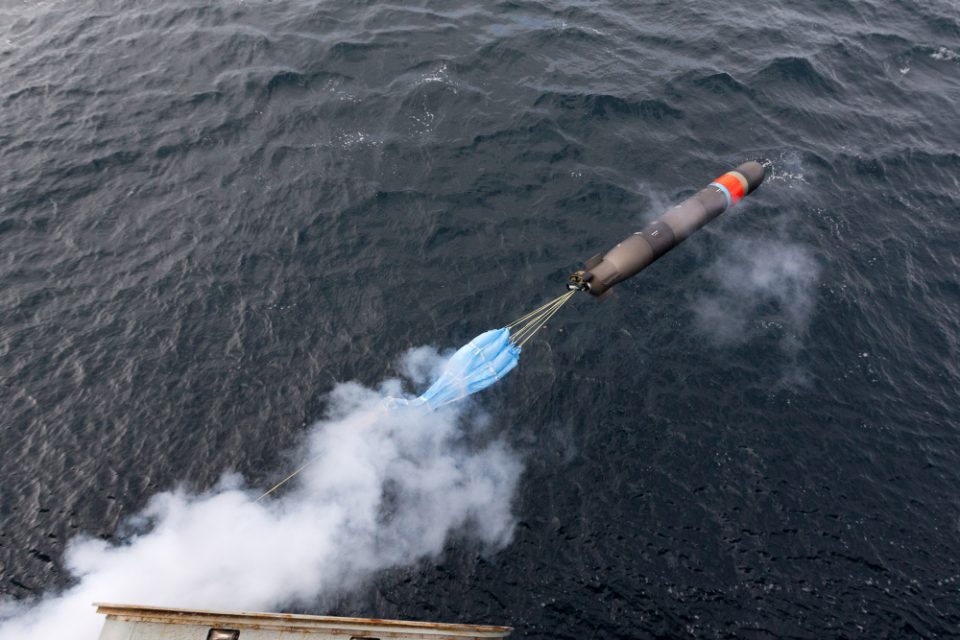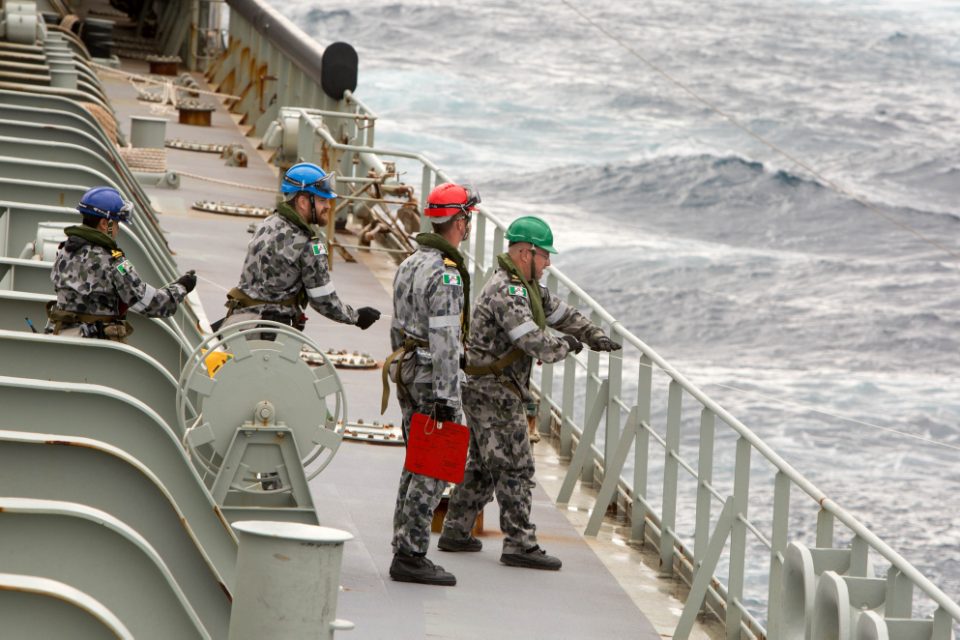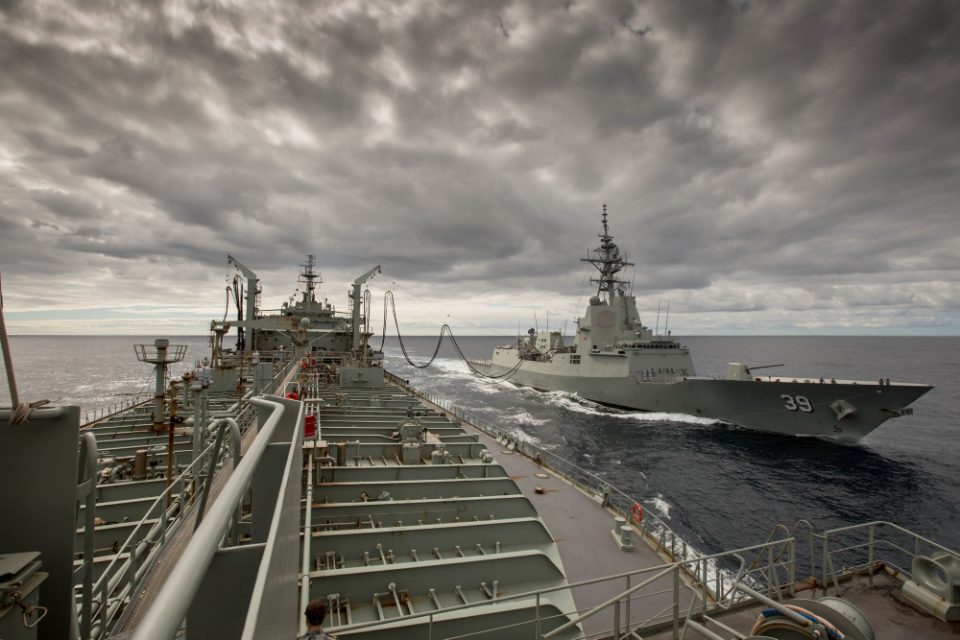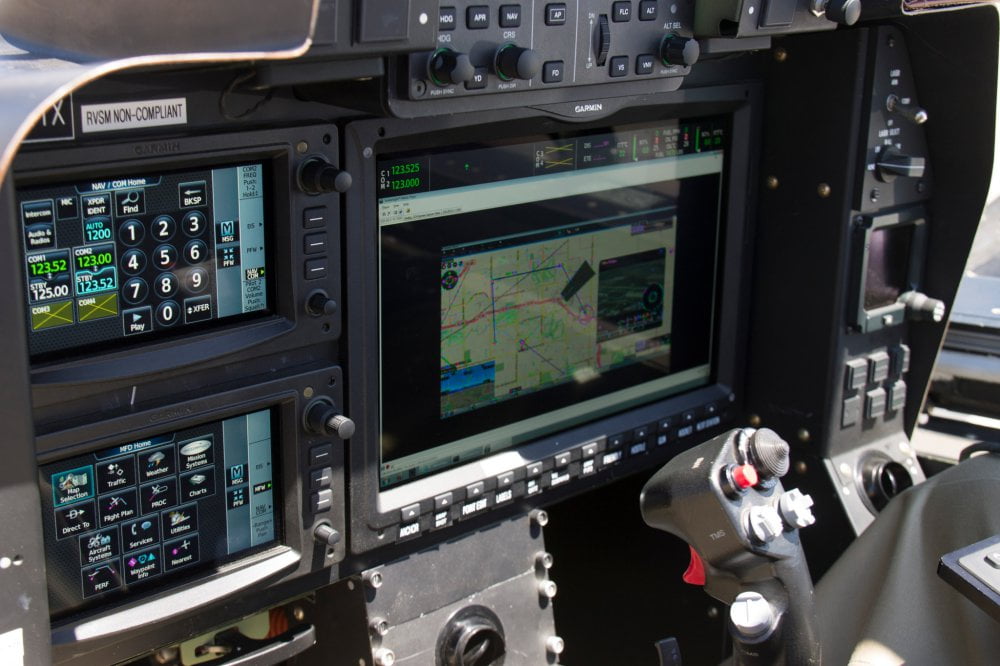By Air Marshal VK Jimmy Bhatia (Retd)
Chief of the Air Staff, Air Chief Marshal BS Dhanoa, has confirmed that IAF has received bids from six global vendors in response to IAF’s Request for Information (RFI) for 110 modern combat jets, and that the induction of 36 Rafale jets already contracted from France would begin from September next year.
The procurement process would be progressed under the provisions of Defence Procurement Procedure (DPP) 2016, and that “IAF intends to induct 15 per cent of the aircraft in a direct fly away condition which would facilitate a relatively faster induction till the time production is commenced by the (Indian) Strategic Partner.”
In an interview with India Strategic on the eve of the Farnborough Airshow, Air Chief Marshal Dhanoa observed that as the guardian of the Indian skies, IAF was ready to face any situation, 24 x 7, any time.
Asked about the drawdown in the strength of IAF Fighter Squadrons, he said IAF is giving “due emphasis” to this aspect and that the existing aircraft in its inventory, the MiG-29, Jaguar and Mirage 2000, are being upgraded while a number of indigenous HAL-made Light Combat Aircraft (LCA) Tejas are also planned to be inducted. Besides the 40 Tejas already ordered, IAF has asked for 83 Tejas Mk 1A, which would have AESA radar and BVR missile capability.
He also said that the order for 272 Su-30 MKI aircraft, or 13 Squadrons, being supplied by HAL would be over by 2021. (Most of the aircraft have already been received).
Here is the full text of the Interview:
India Strategic.
To begin with, heartiest congratulations for a very well conducted Pan-India air exercise Gagan Shakti 2018. The entire country has acknowledged the prowess of air power and the IAF should be rightly proud of what was achieved during the exercise. Could you please comment on what were the major takeaways of Gagan Shakti 2018 and if there would be any follow ups?
Air Chief.
Ex Gagan Shakti provided extremely valuable takeaways. It validated the capability to conduct sustained high tempo operations. This in turn validated our internal manpower and process optimisation. Joint operations took centre stage in the exercise. Our sister services provided exceptional support and we were able to refine various joint operation concepts.
As you are aware, the IAF’s airlift and heli-lift capabilities have been vastly expanded in recent years with the induction of C-17s, C-130Js and a large number of Mi-17 V5 Medium Lift helicopters. This entire capability was exercised and used to validate our ability to move forces on strategic and tactical levels.
It also brought home valuable lessons for combat support, which was rendered in an exceptional manner by various DPSUs and OEMs. This enabled the IAF to maintain and sustain extremely high rates of serviceability throughout the exercise period, and produce an unprecedented quantum of flying. The intense flying activity over extended periods also allowed the IAF to exercise its networked AD system. The system has now been extended in coverage and fine tuned and optimised.
India Strategic.
How is the IAF planning to cope up with the increasing drawdown in its combat squadrons’ strength?
Air Chief.
The IAF sees itself as the guardian of the Indian skies and the first responder in all contingencies. We are therefore 24 x 7 ready to face any situation with our available resources. As far as the drawdown in the strength of fighter squadrons is concerned, it is being given due emphasis.
We are upgrading MiG-29, Jaguar and Mirage-2000 aircraft in a phased manner as a part of obsolescence management so that they remain relevant and contemporary.
Induction of 36 x Rafale aircraft will commence by September 2019 and will significantly enhance our operational capability.
Induction of the balance of 272 x Su-30 MKI aircraft from HAL is under process and will be completed by 2021. The induction of the 40 indigenous LCA is also ongoing.
Additionally, the RFP for procurement of 83 x LCA Mk 1A has been issued in December 2017. The Government of India plans to procure fighter aircraft under the ‘Make in India’ initiative for which RFI has been issued on April 6, 2018, and is also examining other suitable options.
Future inductions will include the LCA Mk-II, which is expected to form a bulk of the Air Force in the years to come, as the IAF proposes to replace its Mirage-2000, MiG-29 and Jaguar with this aircraft.
The IAF is also supporting DRDO in the D&D of indigenous Advanced Medium Combat Aircraft (AMCA). If all the inductions take place as planned, the IAF is expected to achieve its authorised strength of fighter squadrons by 2040.
India Strategic.
When the IAF receives its full complement of the total order of 272 Su-30 MKI Jet fighters, would it have received its fair share of ‘Heavy’ fighters or would it consider additional acquisitions of these aircraft which are reportedly on offer from the Russian OEM?
In the same context, has the IAF worked out an optimum mix of the Heavy/ Medium/Light jet fighters for a balanced fleet of its fighter force? Please elucidate.
Air Chief.
The IAF seeks capabilities which are required to maintain its combat preparedness and operational edge over potential adversaries.
In that regard, once the deliveries of the license manufactured Su-30 MKI are complete, which is expected by 2021, the IAF will have 13 Squadrons of the Su-30 MKI.
As far as additional procurement is concerned, an RFI for 110 fighter aircraft has been hosted by the IAF to meet its operational requirements under Strategic Partnership route.
India Strategic. How does the IAF plan to steer the new Fighter ‘RFI’ to make good the time it lost due to MoD abandoning the earlier so-called single-engine fighter programme?
Air Chief. The RFI for 110 fighter aircraft was hosted on April 6, 2018 and six vendors responded to the RFI. The procurement process would be progressed under the provisions of DPP 2016.
The IAF intends to induct 15 percent of the aircraft in a direct fly away condition which would facilitate a relatively faster induction till the time production is commenced by the Strategic Partner.
India Strategic.
We heard that IAF was quite satisfied with the ‘Tejas’ performance during Gagan Shakti 2018, including the ‘Surge’ phase.
Your comments please.
Also, how is the Tejas induction programme unfolding and what is the latest on the Mk-IA version? Will the IAF be able to get the Op capabilities it is looking for in the Mk 1A? And, most importantly will it get the new version on time?
Air Chief.
LCA is a versatile platform and its efficacy in various roles has been validated during Ex-Gagan Shakti. Tejas is a potent platform in ground attack as well as air defence role. Performance of the aircraft in air-to-ground weapon delivery was observed to be exceptional.
For air defence role, aircraft has good AI radar capability and integration of BVR missile is in the final stage. With active support of HAL the aircraft was found to be highly reliable during conduct of surge ops.
The commissioning of the first Squadron of LCA Tejas in July 2016 marks a significant step towards indigenous capability building. Currently, the squadron has nine aircraft and we expect the squadron to be fully equipped by March 2019.
The LCA Final Operational Clearance (FOC) contract of 2010 seeks Air-to-Air Refuelling, Operational Data Link (ODL) and better weapons. The FOC is expected in 2019. As far as the LCA Mk 1A is concerned, the first flight is expected by 2020.
The LCA Mk 1A apart from addressing obsolescence issues and maintainability improvements will have additional capabilities such as Active Electronically Scanned Array (AESA) radar, Beyond Visual Range (BVR) missiles, Air-to-Air Refuelling (AAR) capability, Electronic Warfare (EW) suite and advanced avionics.
We are hopeful that ADA and HAL will ensure that the LCA Mk 1A is delivered to IAF on time.
India Strategic.
AD Weapons: The indigenous Akash SAM System reportedly worked well during the Gagan Shakti Exercise and is shaping up well. Will the IAF be inducting more of these systems? In this context, what is the latest on the Israeli Spyder systems which were expected to join operational service in the IAF and the Indo-Israeli joint venture of MR-SAM? Also, what is the latest on acquisition of S-400 Triumf systems from Russia?
Air Chief.
Akash Missile System performed well during exercise Gagan Shakti. A case has been initiated to procure seven more squadrons of Akash Missile Systems (AMS) from BEL. The first Squadron of SPYDER missile was raised on February 16, 2018. Delivery of equipment for the other three squadrons is under way.
The system was also successfully utilised during Exercise Gagan Shakti. The MRSAM programme involves joint development and delivery of Firing Units (FUs) by DRDO in collaboration with Israel Aerospace Industry (IAI), Israel.
The contract for joint development and supply of MRSAM was signed between DRDO and IAI, Israel on February 16, 2009. There has been delay in inducting the system, while the first MRSAM Squadron has already been resurrected in 2015, the equipment should be delivered in 2019.
The S-400 is in use by the Russian Armed Forces since the year 2007. It is a long range anti aircraft missile system capable of intercepting Ballistic missile and low RCS targets like UAVs and cruise missiles. This system would be a game changer in our context and would provide us the much needed layered Air Defence at long ranges. The acquisition process for the system is under way.
India Strategic.
IAF is reportedly in the process of revamping its AD surveillance systems with DAC having cleared acquisition of High Powered Radars. How is IAF moving forward in terms of modernising its entire inventory of high, medium and LL Radars? Your comments please.
Air Chief.
The AD framework of the IAF is indeed being revamped. This is on two counts namely, induction of new state-of-the-art systems, and their integration into a completely networked AD system. As far as the induction of new systems is concerned, the process is proceeding smoothly.
There has been a concerted effort to induct cutting edge technology & follow up with indigenous manufacture. The Medium Powered Radar (MPR), Low Level Transportable Radar (LLTR), Low Level Lightweight Radar (LLLWR) categories have all seen infusion of large numbers of indigenously developed and produced radars.
This has increased the sensor density manifold in all sectors, including the mountainous regions in the North and East. Acquisition of HPRs, Aerostats and mountain radars will further reinforce this.
The integration of these increased numbers of systems into a highly automated system was undertaken indigenously with BEL being the lead agency. I am happy to state that the system was tested extensively in the exercise and proved itself as a robust force multiplier. IAF has graduated from a point defence, to area defence and is now moving towards layered defence.
India Strategic.
Did the IAF feel the inadequacy in terms of sheer numbers where its vital force multipliers such as AWACS and Mid-air refuellers are concerned during the recent Pan-India Exercise? If, so what actions are being initiated by the IAF to augment their numbers?
Air Chief.
The deployment of AWACS during the exercise was as per the exercise setting. To overcome the inadequacy, one DRDO developed AEW&C aircraft on Embraer platform has been inducted and the second aircraft is likely to be developed in FoC configuration by the end of 2018.
The procurement case for two additional IL-76 based AWACS is presently with MoD and is at CFA approval stage. Indigenous AWACS (I) programme for up to six aircraft is being progressed by DRDO. As an immediate measure, to meet the urgent operational requirements, IAF is also exploring latest technology aircraft available globally which are operational and in use.
India Strategic.
What is the score on acquisition of armed UAV systems or UCAVs the IAF was reportedly working on? In the same context, how is the indigenous UCAV programme developing?
Air Chief.
The IAF is progressing the case of upgrading the existing UAV fleet. Also, the Medium Altitude Low Endurance (MALE) RPA TAPAS (earlier called Rustom-II) is being developed by DRDO. The platform is to be developed as a weaponised platform. The IAF is seeking UAVs with stealth features which can enter contested airspace. IAF is exploring various options.
India Strategic.
When is the first woman fighter likely to be declared fully Ops to become a full-fledged member of the fighter fraternity in the IAF?
Air Chief.
Two women fighter pilots are presently progressing through their Conversion Syllabus on Bison aircraft. Both have successfully carried out their solo flight. They are likely to complete their Day Ops Syllabus by end of the year and be Fully Ops by March 2019.
India Strategic.
And lastly for the short questionnaire, would you like to share some thoughts on your latest Brazil visit?
Air Chief.
The key objectives of the visit were to explore avenues of mutual exchange of operational experience and share ideas to enhance individual capabilities. It was interesting to know that Brazilian Air Force drives the aviation related research in Brazil. This allows for focussed monitoring of projects, programmes, timelines and technological interface. The trip was a success so far as all objectives go.
This article was published by our partner India Strategic and republished with their permission.
The featured photo shows Chief of the Air Staff Air Chief Marshal BS Dhanoa going for a sortie in a Rafale fighter during his visit to France in July 2017.


